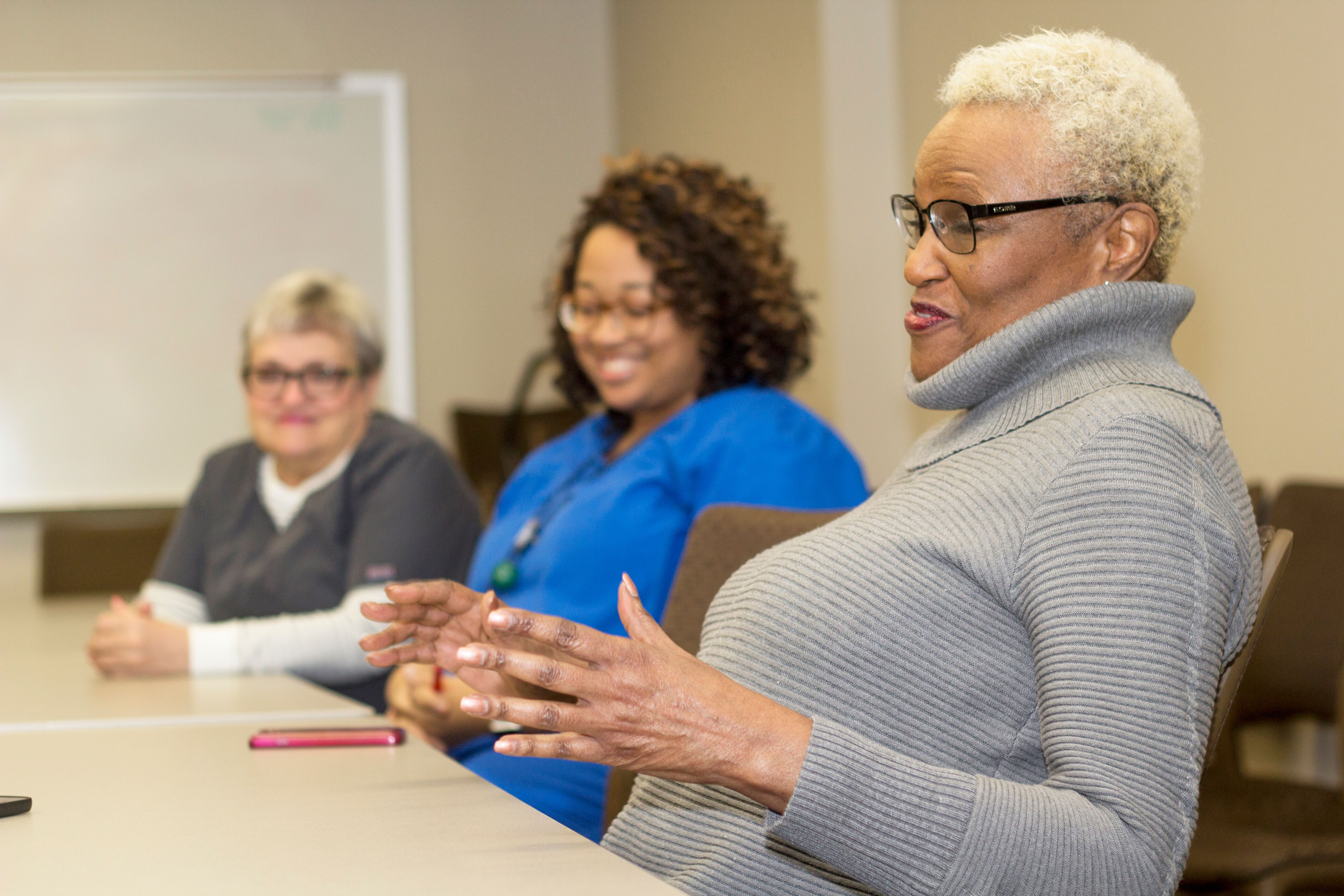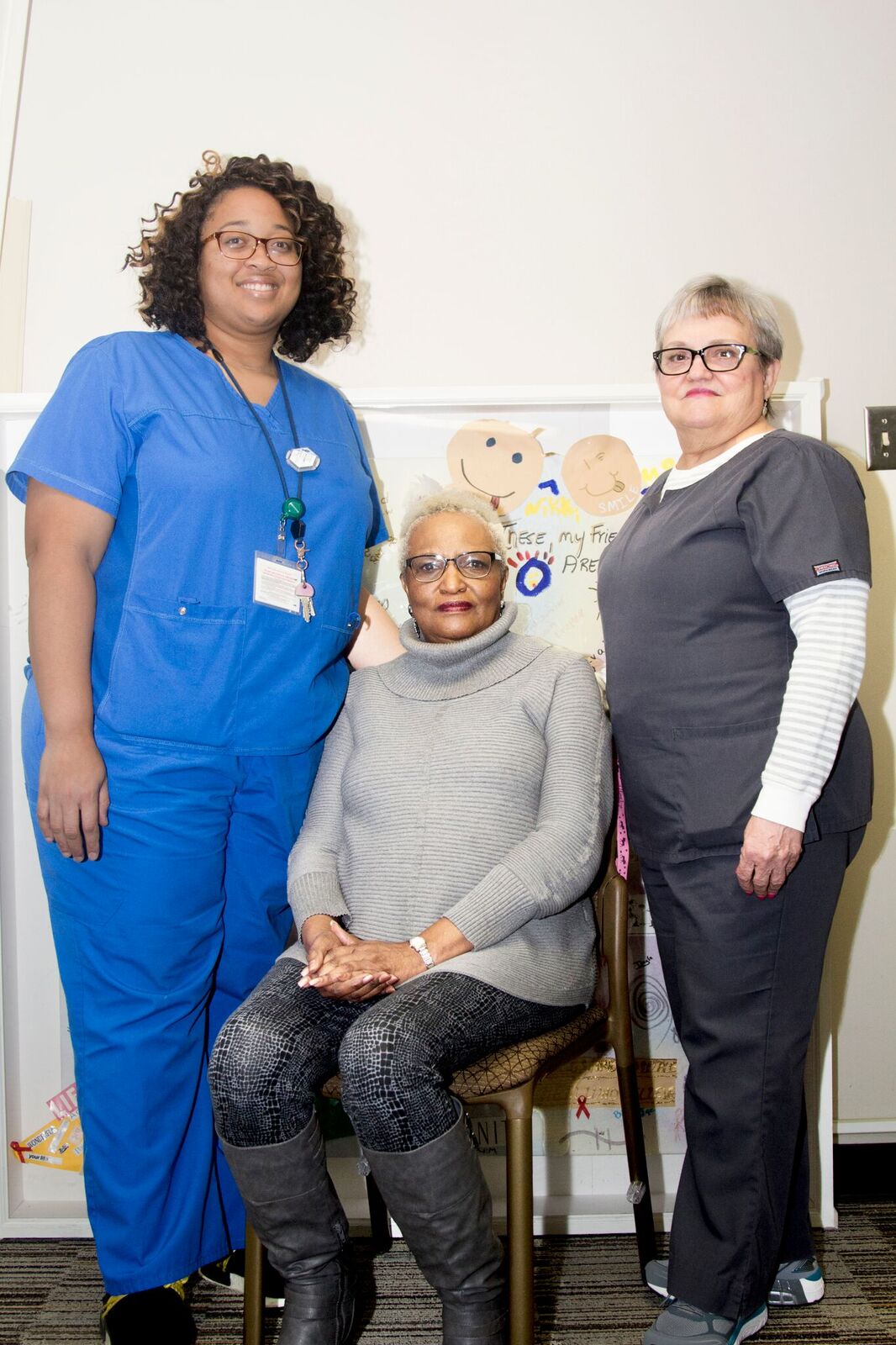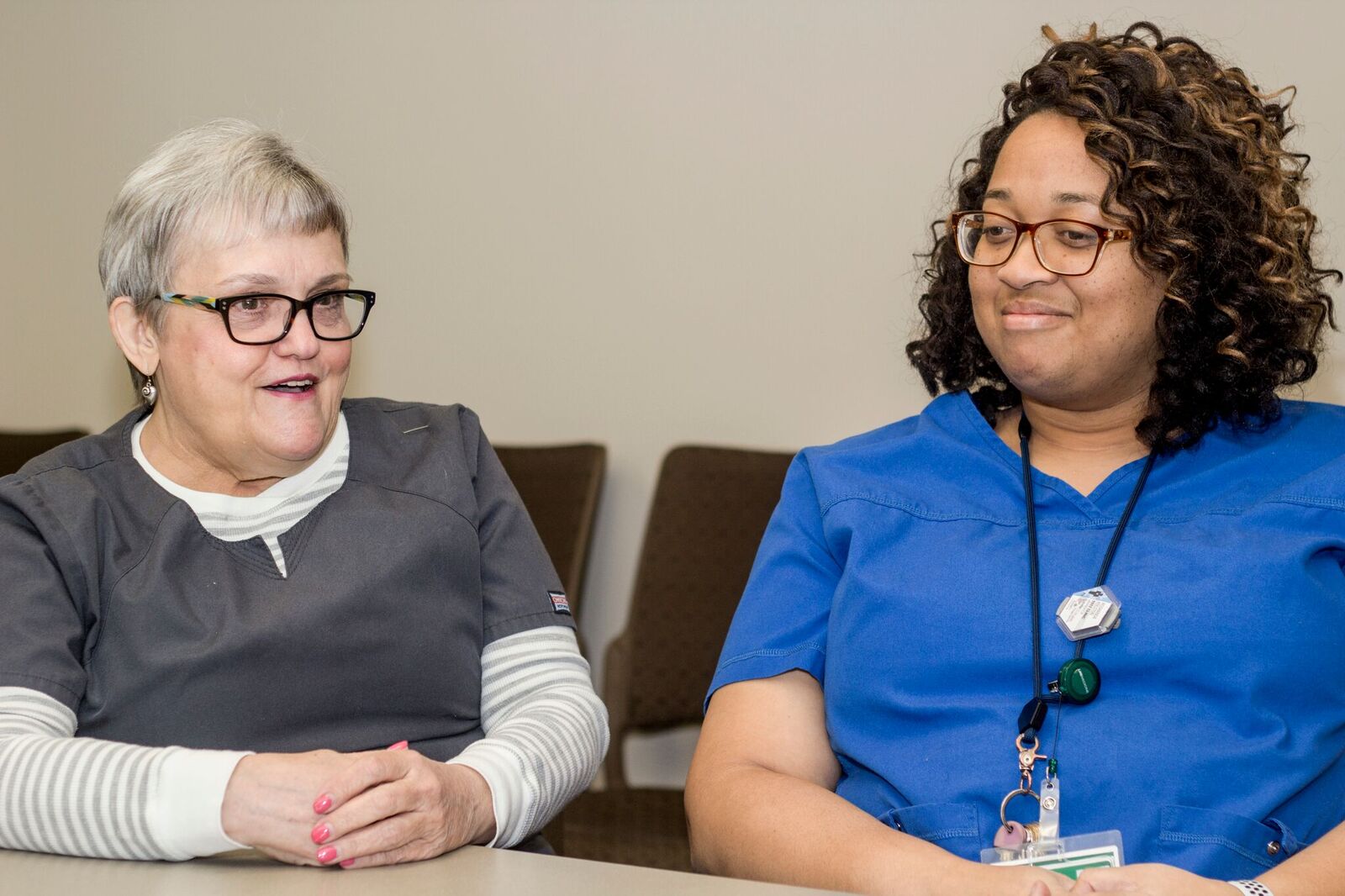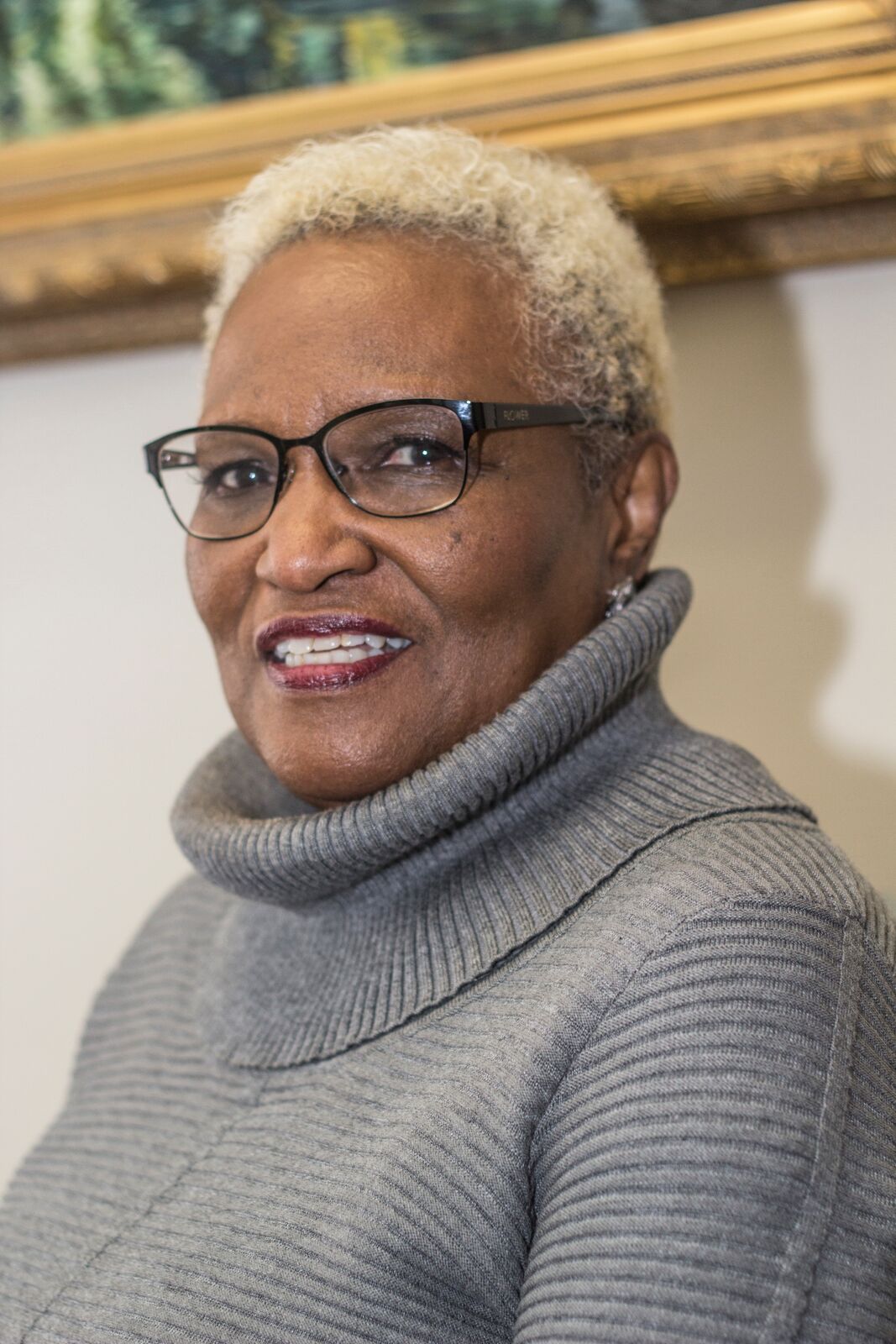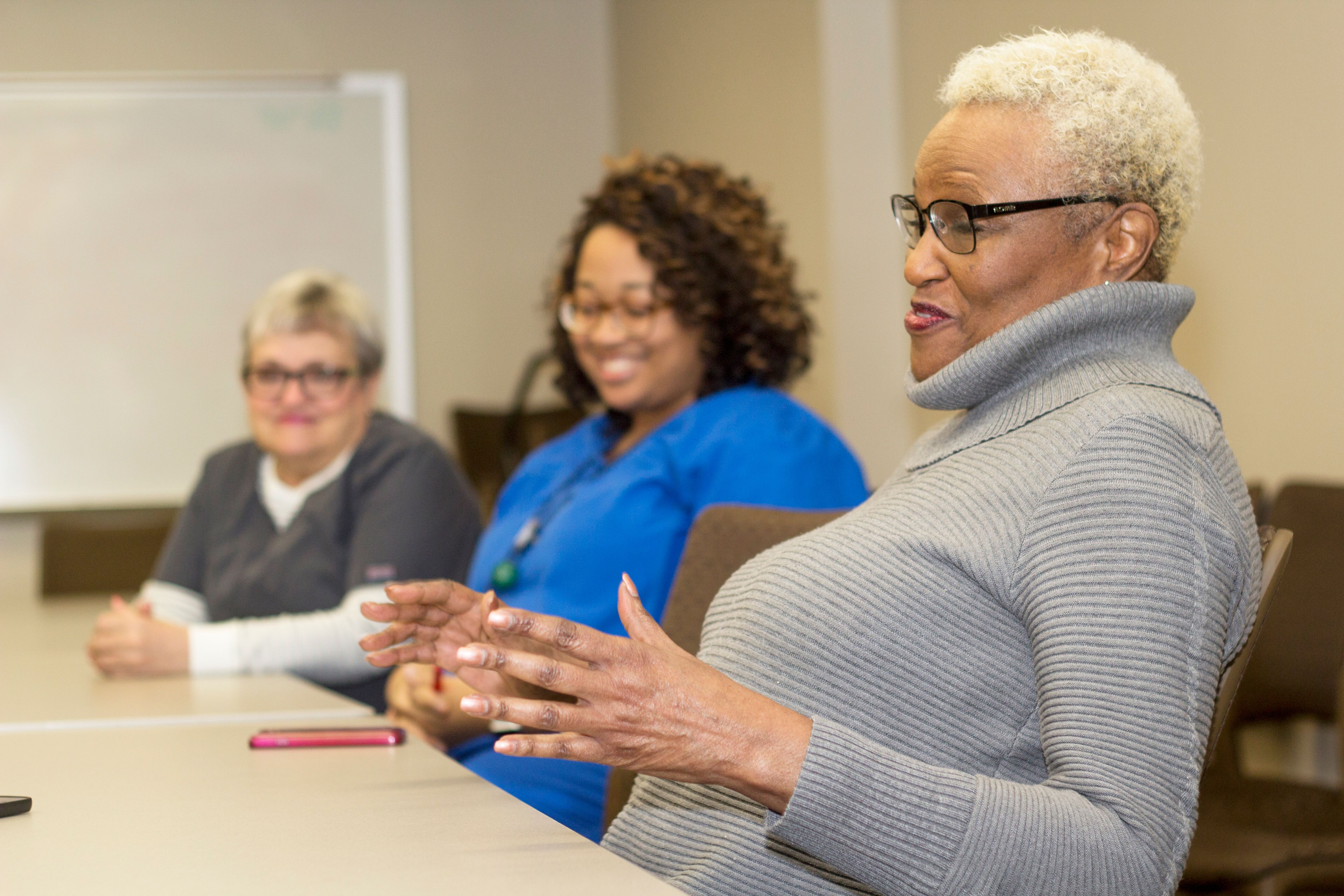By Reginald Allen
For the Birmingham Times
In 2006, Ruth DeRamus was told she had three weeks to live.
While getting treatment for an undisclosed illness, she received life-changing news: she tested positive for human immunodeficiency virus, or HIV—which can lead to the development of AIDS.
Doctors advised her to get her affairs in order, but one offered a glimmer of hope when he suggested that she transfer to the University of Alabama at Birmingham (UAB) 1917 Clinic, which has been specializing in HIV- and AIDS-related cases since 1998. The facility offered the possibility for DeRamus to live a longer life.
When she arrived, her viral load, or the amount of HIV in one’s bloodstream, was “sky high” and she weighed 65 pounds soaking wet. Due to being unconscious a majority of the time, her memories prior to arriving at the 1917 Clinic are hazy. Accepting the diagnosis wasn’t easy. For starters, she had little to no knowledge about the virus, which can lead to AIDS, a disease that weakens the immune system, gradually destroying the body’s ability to fight infections.
“When I came in, I didn’t know anything,” DeRamus said. “I really didn’t know anything about HIV or AIDS. I’m sure I’d heard about it on television or read about it, but I still had no idea what it was even all about. I was thinking, ‘Not me. They got this diagnosis wrong. This can’t be happening to me.’ I guess a lot of it had to do with the fact that it was 2006, and it was still considered a young, gay, white man’s virus. Here I was, a 59-year-old black female. It just didn’t register.”
Due to lingering doubt, DeRamus said it took roughly two weeks for her to take her medication. Thoughts of rejection and ridicule flooded her mind: “Did I really want to live if I had to walk around with a big letter on my chest saying I had HIV/AIDS?”
More Alive Than Ever
Eleven years later, DeRamus feels more alive than ever. She owes her newfound attitude to the clinic, so she gives back by volunteering and speaking to lawmakers on its behalf. Additionally, she works at UAB as a research specialist.
“Look where I’ve come from,” DeRamus said. “I’ve come from almost dying at the age of 59, and right now I feel like I am growing. I am doing well, I have a lot of time left, and I want to continue to live that life.”
DeRamus was able to improve over time, she said, by taking her medicine, keeping her appointments, and attending different support groups at the clinic that kept up her spirits and those of other patients.
The UAB 1917 Clinic turns 30 this year. What sets it apart from other HIV-and-AIDS-treatment facilities is the bonds between the staff and the patients. Nurses don’t just rely on clipboards; they take time to learn about each patient outside of his or her diagnosis. The 1917 team understands that, like DeRamus, everyone has a different narrative to tell, which might be pertinent to their treatment.
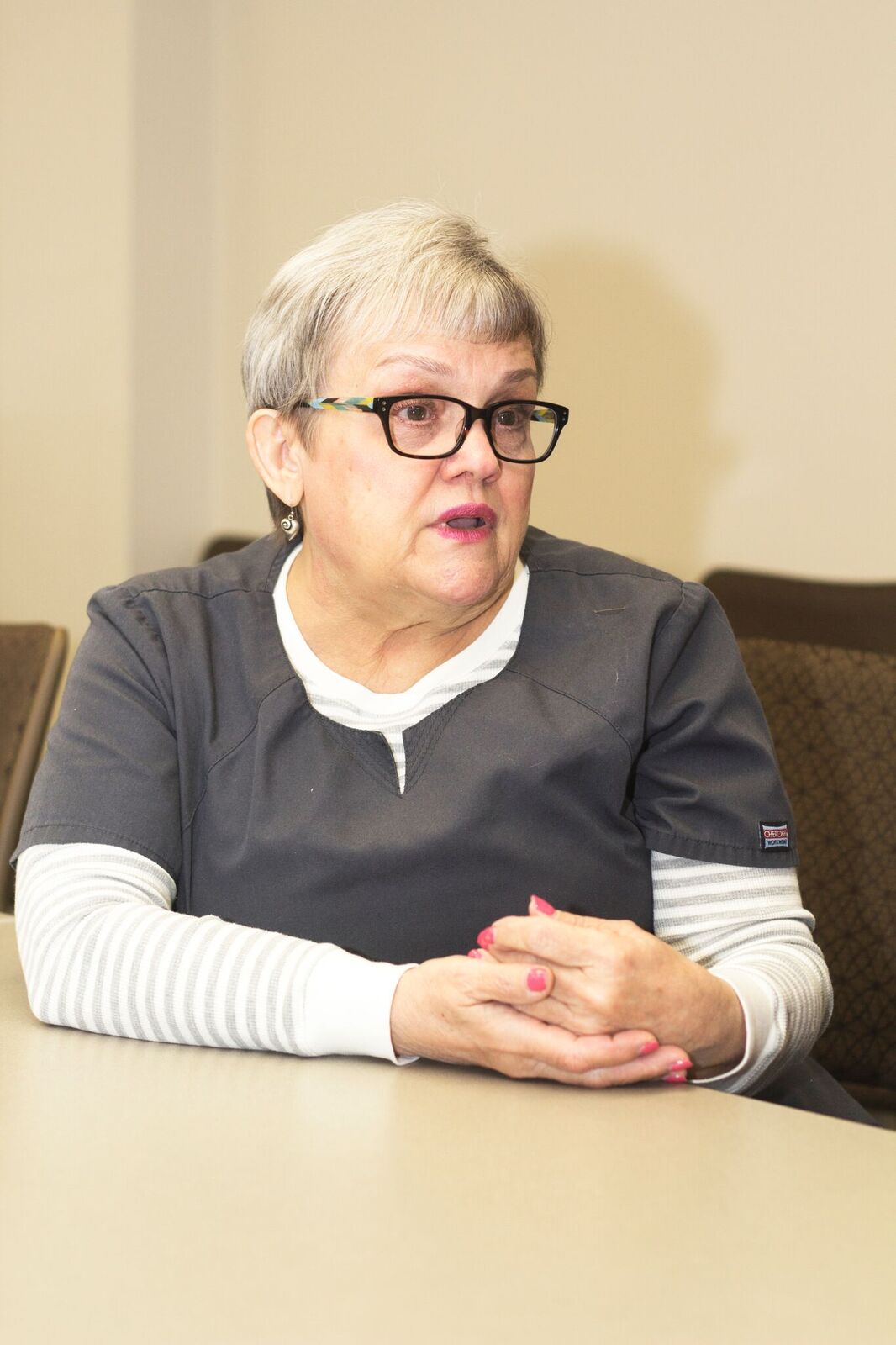
Carol Linn, a UAB nurse and close friend of DeRamus, said nurses know everything about patients—from the names of their grandchildren to the names of their pets.
“I think it’s important to learn everybody’s story,” said Linn.
When she started working at the 1917 Clinic, Linn noted that she was less interested in knowing about how patients contracted HIV and more concerned with traditional care. It wasn’t until she worked with a patient who strongly objected to a blood transfusion that she understood the significance of communication. Linn was later informed that the patient initially got infected with tainted blood during a surgery.
“Their stories give me hope and teach me a lot about how people want to be treated,” Linn said. “[I] respect the patients and care for them the way I would want to be taken care of.”
While HIV is classified as a sexually transmitted disease, it can be spread via blood, breast milk, and bodily fluids. Contrary to popular belief, the virus cannot be contracted by kissing or touching or by sharing food. Common misconceptions like these are why DeRamus stresses the importance of education.
Relationships Altered
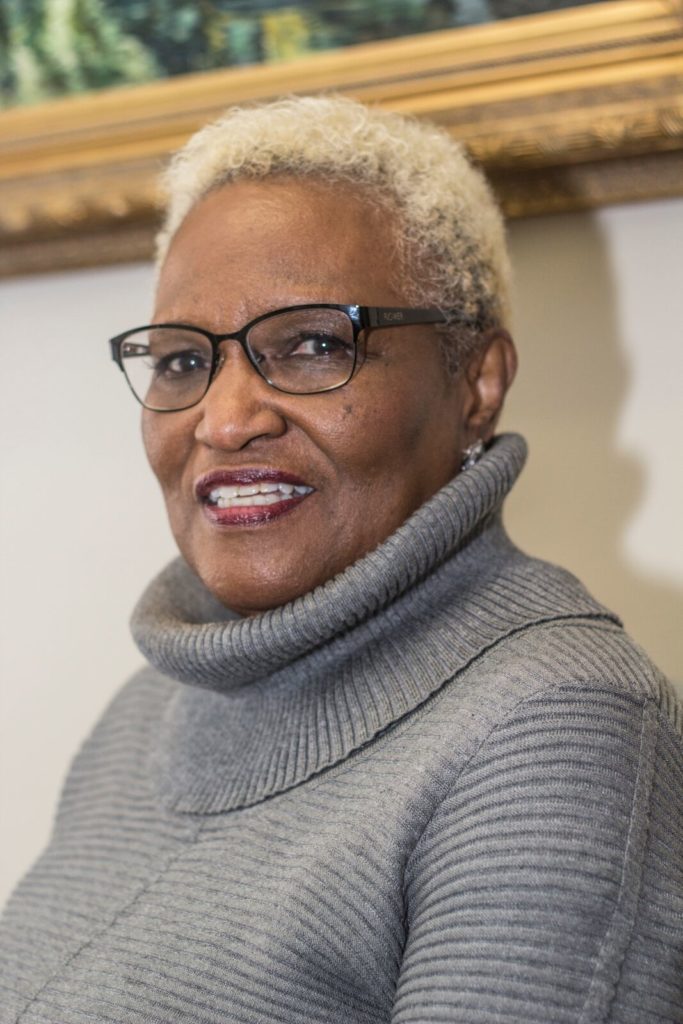
As an African-American, DeRamus believes the stigma is heavy within the black community. Since her diagnosis, she said relationships with her family and church members altered dramatically, all because people don’t have the proper information. That’s why, when she isn’t working downtown, she travels the country as a motivational speaker conducting seminars at churches and colleges. Living with HIV for 11 years has taught DeRamus that no one is completely immune to catching the virus.
“It’s not just a gay disease. It’s not just a white disease or a black disease,” she said. “Sometimes I think our focus is off again. … First, [people thought] it was a white virus. Now, [people] are trying to make it more of ‘it’s-a-black-only’ virus. That’s not true. If you’re human, you can get HIV and/or AIDS if you’re not doing the things to protect yourself when you’re having sex or whatever. … I tell people all the time, HIV and AIDS do not discriminate. [The diseases] don’t care who you are. If you’re at risk, it can happen to you.”
Looking back, DeRamus said that if given the opportunity she would contract the virus again—no questions asked. It’s a unique decision, but the 70-year-old wouldn’t have it any other way.
“I have had the greatest experience living with HIV/AIDS …,” DeRamus said. “I have met so many people with so many different stories. I have met so many people who come from so many places. I’ve met so many people who are going a lot of places. It’s amazing. It’s almost like living a movie that you’re starring in, but [you’re] really living in that movie, as well.”


